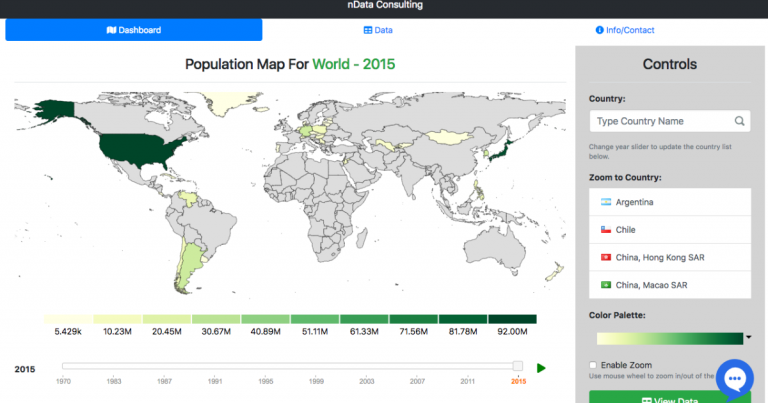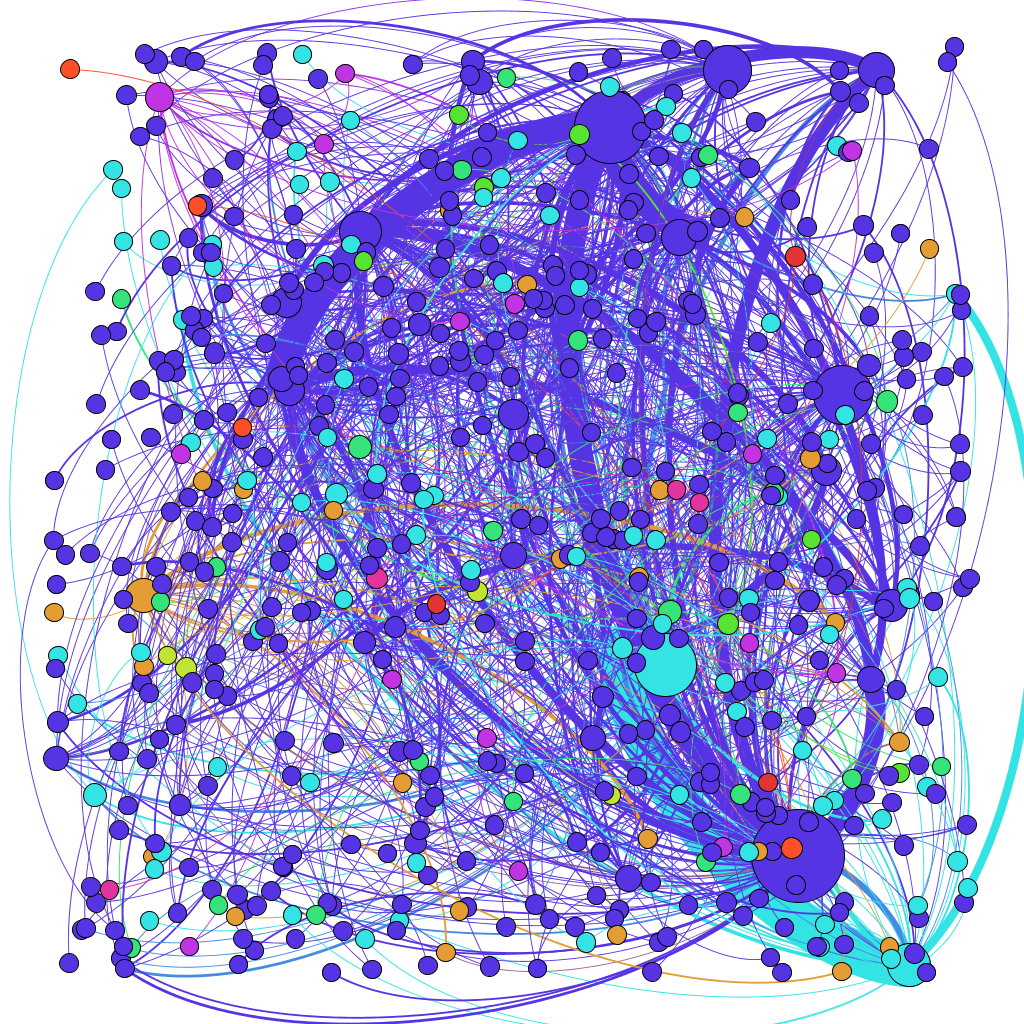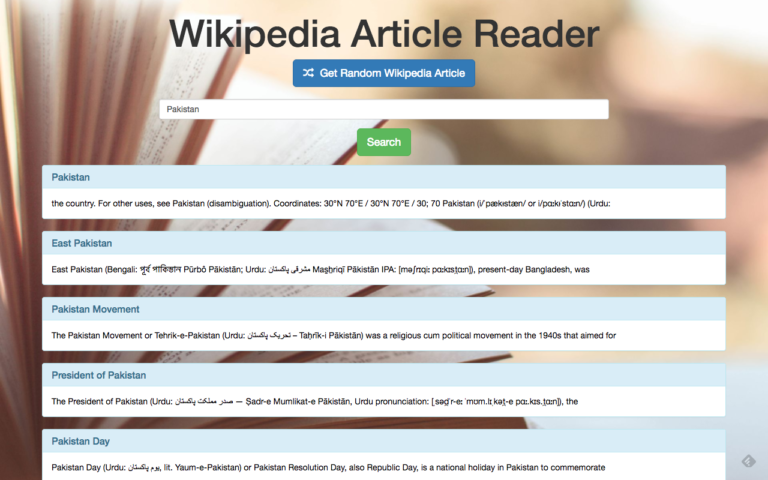Learning Analytics Data Cycle
For working within learning analytics there are certain kind of sequential activities and decisions we have to make. Summary of these things are given below:
- Collection & Acquisition
- This is the first stage for any learning analytics analysis. At this initial stage you must decide what are the questions you want to answer through data & analysis and what kind of data will be needed for each question. Once you have set your question and design the data you will need to collect this data. For example if you want to answer the question what kind of resources and courses a single student needs when they come to a university we can decide that we want to use their background data i.e. what kind of field they have been working, their performance in the degree before and also collect data on own university courses and history of performance of past students.
- Storage
- This part deals with how to store the data we collected. It can be as simple that we will store all the data with the application and access it securely through our application. That is the simple scenario but if we have to get data from multiple sources like lms, university data and student performance data then this question get’s more complex about storage. We have to make policies how to securely access the data, design access level for each role and also storage in that case might need to be distributed rather than bundled with the application.
- Cleaning
- Majority of time the data we collected would need some cleaning. If the data source is single that might be easier to make that we follow a single format for numbers, data etc, deal with missing values and more but if there are multiple data sources like we are also including unstructured data like social data with our analysis than we need to process the data to make sure that all the data sources have a single format.
- Integration
- This closely relates to cleaning that we need to integrate multiple data source into a single unified data source for our analysis.
- Analysis
- At this stage we don’t decide on the question instead that has been already decided in the first stage of the data cycle. At this stage we decide which statistical and learning algorithms can help us answer the question we need. Also, if the amount of data is large than we need to take big data algorithms and problem into account for analysis.
- Representation & Visualization
- At this stage we visualize the model we created for analysis and expose that to the people in understanding the problem. The stakeholders could also at this stage manipulate or choose to include different dimensions to get deeper understanding of the answer of the question. Visualization is only a tool to understand what is happening in the data and explore deeper to find interesting patterns which would have not been possible otherwise.
- Action
- After all the analysis has been done there might be need to make decisions and make policy based on what was discovered. It could be we make a new educational teaching plan or make a new tailored plan for each student based on what we discovered in analysis.



